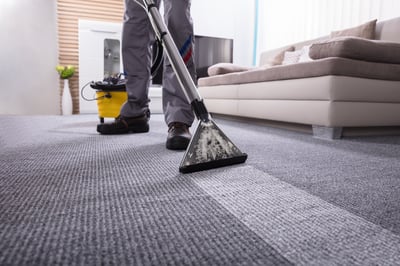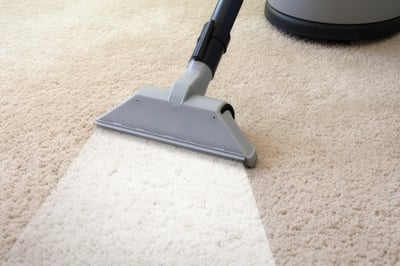A question was recently asked if alkalinity causes re-soiling? Generally my conclusion was that alkalinity was not the cause, but primarily surfactant residue. However, high alkaline products are produced with cost considerations. Since high alkaline products are not approved by mills anyway, then the manufacturers will have a tendency to use the least expensive surfactants available (re-soil profile not a factor when low cost is the primary goal). This would lead one to assume that it was alkalinity which caused re-soiling. The addition of polymers (which limit re-soiling residue) can cost multiple times more per pound than alkalinity. The typical price structure of these products prevents the addition of polymers to keep the cost low.

Lab testing can be done on individual alkaline ingredients to verify the general conclusion that was previously stated. We use the following raw materials to build alkalinity in products: variety of sodium and potassium phosphates, sodium carbonate, sodium metasilicate and sodium hydroxide. In ready to use formulas a solution of .1% to .5% would be a range of strength to test any relationship to re-soiling. The typical re-soiling test could be performed to see if the general conclusion could be supported. Some forms of alkalinity are hygroscopic and may indicate low levels of re-soiling based on dry time. We may be able to determine that some alkaline materials do better than others in not causing re-soiling to any degree,
Another factor should be considered on why high alkaline products are being widely used on commercial carpeting. The going rate for extraction cleaning of commercial carpet in some areas is so low that cleaners use the cheap high alkaline pre-sprays because it works fast. The chemical is cheaper than the cost of labor causing them to spray it heavy and race through the extraction process leaving more residue than if more time was available for a proper extraction. It also means that the typical price structure prevents the best carpet cleaners in the area from doing most commercial work. This price structure prevents good cleaners, good equipment and good chemistry from being used on a lot of commercial carpet. My hypothesis is that there is strong correlation between re-soiling and the cleaning price per sq. ft. The lower the price per sq. ft. increases the probablility for re-soiling by limiting the experience and time commitment of the cleaners used, as well as the quality of the equipment and chemistry utilized.

High alkalinity left on carpets in combination with excess moisture can break also down the adhesive used to install direct glue down commercial carpets. High alkalinity can also impact the mill fluorochemical treatments. It is widely recognized that pH below 10 should only be used on fifth generation nylon carpet to preserve as much as possible mill protection. There are other issues relating to alkalinity, water volume and pressure, and vacuum extraction that may bear discussion at a later date.
